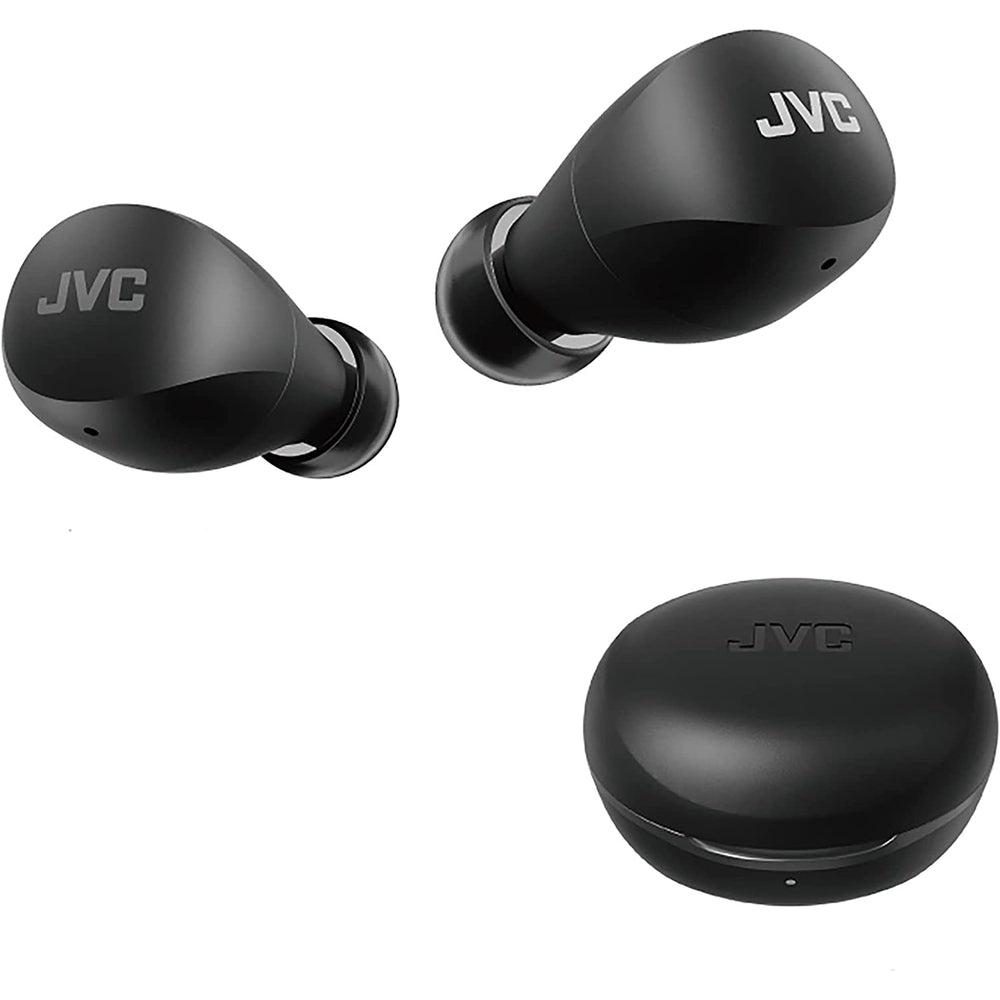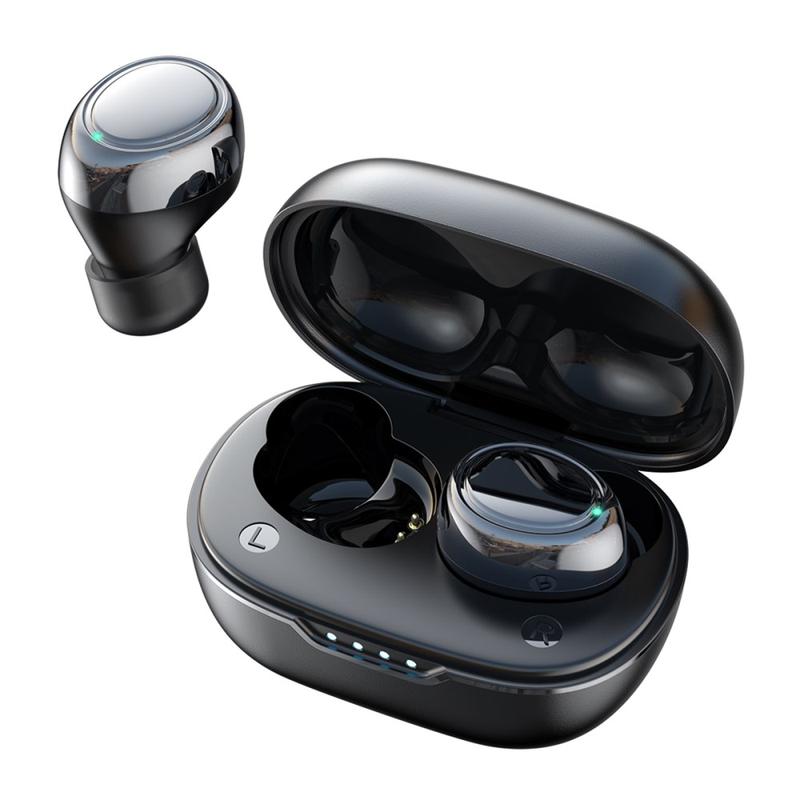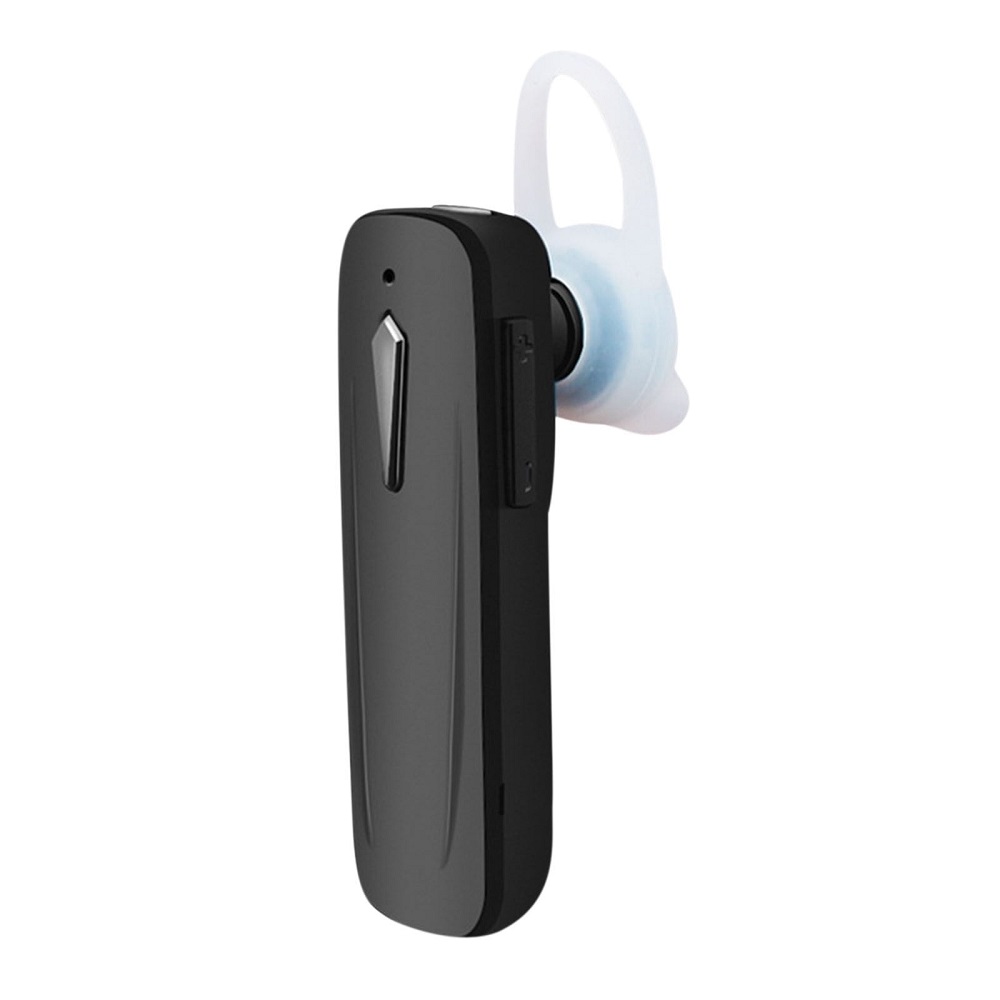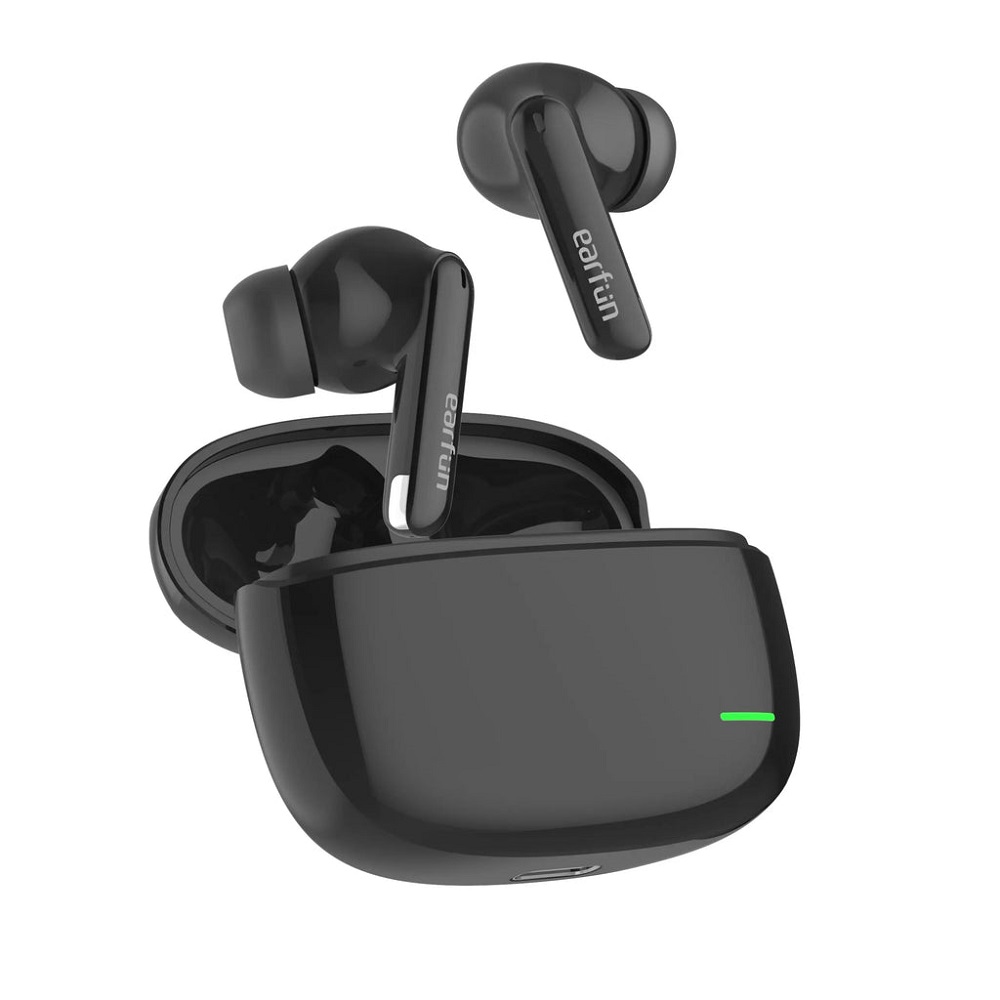In today’s fast-paced world, the demand for convenience continues to surge. One innovation that epitomizes this trend is the mini portable wireless headset. These small, powerful devices are not only reshaping how we experience sound but are also setting new benchmarks in portable audio technology. In this extensive article, we will delve into the world of mini portable wireless headsets, exploring their features, benefits, technological advancements, market trends, and the buying considerations a consumer should make. Through simple sentences and an engaging narrative, we aim to provide an informative and comprehensive guide.
The Rise of Mini Portable Wireless Headsets
A Technological Marvel
Mini portable wireless headsets have become a key player in the audio accessory market. The shift from traditional wired headsets to wireless has been gradual but significant. Users increasingly prioritize convenience, and these wireless solutions cater to that demand perfectly. Unlike their wired counterparts, mini portable wireless headsets offer freedom from tangling cords, appealing to tech-savvy consumers on the move.
The advent of Bluetooth technology has played a pivotal role in the evolution of these devices. With continuous improvements in Bluetooth standards, such as Bluetooth 5.0 and beyond, connections have become more stable and efficient. This development ensures superior audio quality and seamless connectivity, contributing to the growing popularity of these headsets.
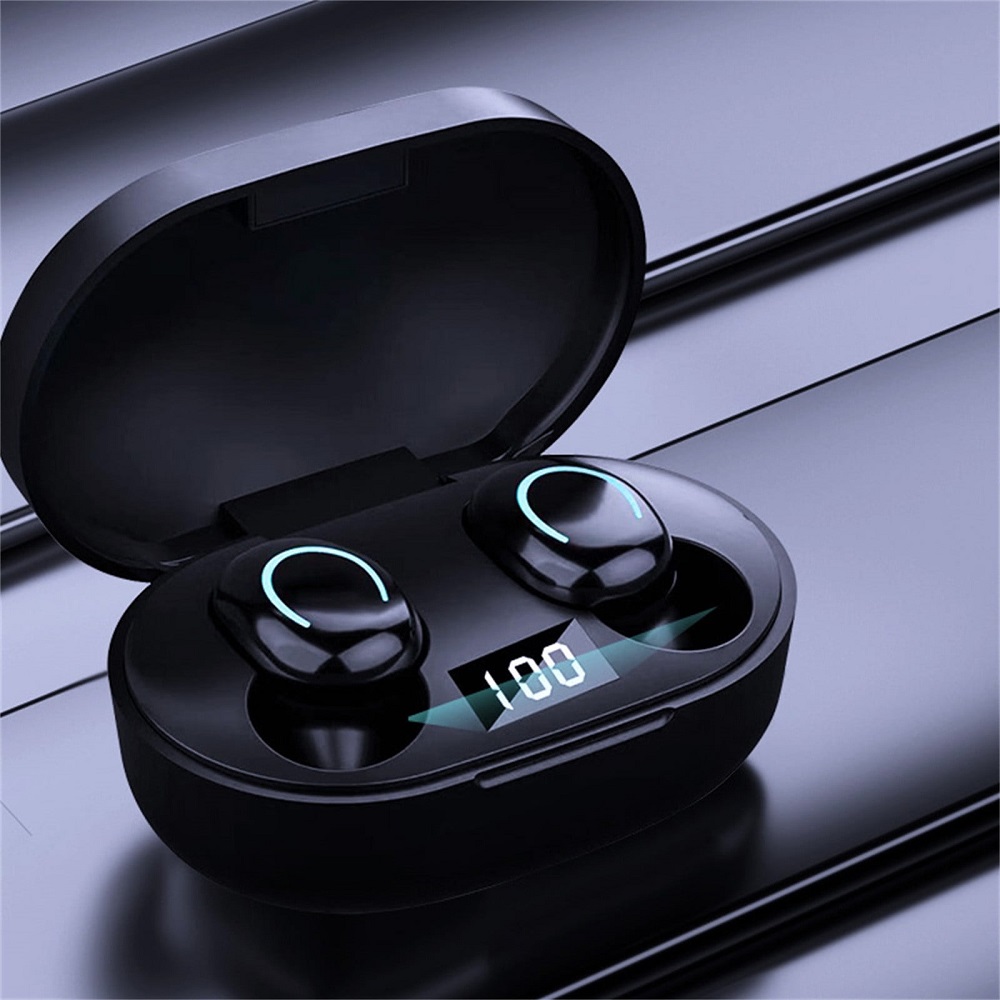
Design and Portability
The design of mini portable wireless headsets aligns with the minimalist movement, emphasizing functionality without compromising style. These devices are compact, lightweight, and easy to carry, which makes them ideal for daily commutes, workouts, and travel. The ergonomic designs cater to comfort, ensuring a secure fit for varied ear shapes. This attention to ergonomics adds to the allure of wireless headsets, making them suitable for prolonged use.
Many brands strive to differentiate their products through innovative design. Sleek finishes, customizable ear tips, and compact charging cases are just some features manufacturers use to capture consumer interest. The competitive market incentivizes continuous refinement, ensuring that designs remain cutting-edge and user-focused.
Early Market Adoption
Early adopters of wireless headsets were largely technology enthusiasts keen on exploring the latest gadgets. Over time, as awareness about the benefits of wireless technology spread, more consumers from diverse demographics embraced these headsets. Today, the market sees a blend of professional users, athletes, and casual listeners, each finding unique value in easy portability and high-quality sound.
The continuous development of audio-enhancing technologies like noise cancellation and high-fidelity sound have bridged the gap between miniature design and premium performance. Now, consumers no longer have to choose between size and sound quality, making these headsets a preferred choice for many.
Key Features of Mini Portable Wireless Headsets
Superior Sound Quality
Sound quality remains the most critical feature of any headset. Mini portable wireless headsets offer impressive audio capabilities, rivaling some larger counterparts. Advances in sound engineering have enabled these tiny devices to deliver clear, rich audio experiences.
Many models incorporate noise-cancelling technology, which enhances listening by filtering out background noise. This feature proves invaluable in busy environments, allowing users to immerse themselves fully in music or podcasts. Additionally, bass enhancement and sound customization options are available in several models, catering to audiophiles who desire tailored sound experiences.
Long Battery Life
Battery life is another crucial factor. Consumers expect wireless devices to support them through long commutes, workouts, and travel without frequent recharging. Recognizing this demand, manufacturers have invested in power-efficient technologies, extending battery life significantly.
Most mini portable wireless headsets come with a portable charging case, enabling multiple recharges on the go. This feature extends the overall usage time, reducing user dependency on power outlets and enhancing convenience. Fast-charging capabilities are also becoming standard, allowing users to quickly top up their headsets in a matter of minutes.
Seamless Connectivity
Seamless connectivity is ensured through advanced Bluetooth technology, which supports strong, uninterrupted connections. Users can pair their headsets with multiple devices, such as smartphones, tablets, and laptops. This flexibility enhances the functionality of wireless headsets, making them a versatile accessory.
Auto-pairing features simplify the user experience further. Once paired with a device, the headset automatically reconnects upon activation, saving user time. This seamless usability is a testament to the constant innovation that makes these gadgets increasingly user-friendly.
Durability and Water Resistance
The durability of mini portable wireless headsets is critical, particularly for users with active lifestyles. Many models boast water and sweat resistance, ensuring longevity even under strenuous conditions. By meeting industry-standard ratings like IPX4 and above, these headsets can withstand moderate rain and sweat, making them perfect for athletes and those in unpredictable environments.
Overall build quality is another aspect manufacturers focus on. By using high-quality materials, they ensure their products stand up to daily wear and tear. Consumers benefit from robust headsets that maintain performance over time, reinforcing consumer trust and satisfaction.
Technological Advancements Driving Innovation
Enhanced Audio Processing
Recent advancements in audio processing have allowed mini portable wireless headsets to push the boundaries of sound quality. Enhanced codecs, such as aptX and AAC, offer superior audio transmission, allowing users to experience lossless sound. High-resolution audio support is increasingly common, meeting the needs of discerning listeners who demand pristine sound quality.
Moreover, artificial intelligence (AI) integration has begun to influence the audio landscape. AI-driven features can adjust audio based on listening habits, offering personalized soundscapes. This adaptive technology ensures users receive an optimal sonic experience, tailored uniquely to them.
Integration with Voice Assistants
Integration with voice assistants like Siri, Google Assistant, and Alexa has become a standout feature in wireless headsets. This technological advancement transforms the way users interact with their devices. Through simple voice commands, users can control music playback, send messages, and access information without physically interacting with their phones.
This hands-free convenience adds a layer of functionality that appeals to busy users who value multitasking capabilities. As AI continues to evolve, voice assistant integration in wireless headsets is expected to become increasingly sophisticated, further enhancing user experience.
Advanced Noise Cancellation Techniques
Noise cancellation technology has seen remarkable enhancements. Traditionally reliant on passive methods, modern headsets now employ active noise cancellation (ANC) to unprecedented levels. This technology uses microphones to pick up environmental sounds and generate inverse waves to cancel them out, creating a serene listening environment.
Some models even offer hybrid systems combining active and passive techniques for an immersive audio experience. Advanced noise processing algorithms adapt to the surrounding environment, ensuring optimal cancellation in various settings. This evolution positions mini portable wireless headsets as an indispensable tool for urban dwellers seeking escapism from bustling environments.
Personalized Listening Experiences
Manufacturers now focus on personalization as a significant trend. Companion apps developed alongside headset products allow users to fine-tune their listening experiences. Through customizable equalizers, sound modes, and preference settings, users can craft audio experiences catered precisely to their tastes.
This trend benefits not just audiophiles but also casual listeners who desire specific audio adjustments for different content types. By empowering users to control their sound environments, manufacturers continue to add value, creating products that resonate across diverse user landscapes.
Market Trends and Consumer Preferences
Shift Towards True Wireless
The market, where is witnessing a noticeable shift towards true wireless technology. Unlike earlier models connected by a neckband, true wireless headsets feature completely independent earbuds. This innovation provides unparalleled freedom and comfort, cementing true wireless headsets as the future archetype.
The absence of connecting wires allows users to enjoy music and calls without constraints. These headsets are particularly popular among active individuals, such as runners and gym enthusiasts, who require secure, uninhibited movement. The trend’s momentum is evident from the increasing array of true wireless models released by leading manufacturers.
Growing Influence of Smart Features
Smart features are becoming standard, enhancing the usability of wireless headsets. Automatic play and pause, based on wearing detection, streamline user experiences. Some models register when an earbud is removed and pause the audio instantly, resuming when it’s reinserted. These intuitive features save time and minimize disruption.
Smart gesture controls provide an additional layer of interaction. Users can manage playback, adjust volume, and answer calls through touch-sensitive surfaces on earbuds. These controls enhance user convenience, reducing the dependency on connecting devices for navigation.
Evolving Consumer Demographics
The demographic reach of mini portable wireless headsets continues to expand. Initially appealing to tech enthusiasts and professionals, these devices now capture a broad audience, including fitness-focused individuals, students, and even seniors seeking ease of use.
Manufacturers identify varying needs across age groups and tailor their offerings accordingly. For instance, noise isolation features attract younger demographics keen on immersive gaming, while longer battery life appeals to older users who prioritize practical functionality. This diverse appeal indicates a promising growth trajectory for the wireless headset market.
Emergence of Affordable Options
As technology matures, the cost barrier of owning high-quality wireless headsets decreases. Competitive pricing strategies have led to the emergence of affordable yet feature-rich models, expanding accessibility to wider audiences. Consumers now find budget-friendly options offering comparable performance to premium models.
The influx of affordable models, often from emerging tech companies, drives healthy market competition. As a result, established brands invest in innovation to maintain a competitive edge. This dynamic not only benefits consumers with diverse options but also propels the overall industry’s progress.
Considerations for Buying Mini Portable Wireless Headsets
Assessing Sound Quality and Comfort
Sound quality remains paramount when choosing wireless headsets. Prospective buyers should evaluate audio specifications like frequency response and driver size to gauge potential sound performance. Testing or reading reviews on sound clarity, bass reproduction, and volume levels can provide additional insight into audio quality.
Comfort is equally critical, especially for extended wear. Buyers should assess factors like weight, ear tip materials, and design ergonomics. Many manufacturers offer models with multiple ear tip sizes for secure, personalized fits. Trying headsets in physical stores or through trial policies allows consumers to gauge long-term comfort.
Evaluating Battery Life and Charging Options
Battery life considerations vary based on individual usage patterns. Buyers prioritizing usage throughout the day should seek models with robust battery life and rapid charging capabilities. Examining both playtime per charge and total playtime with charging cases allows for informed decisions.
Charging options also play a role in convenience. While many models support USB-C charging due to its efficiency and universality, some offer wireless charging for added ease. Considering these options ensures the chosen product aligns with user preferences and habits.
Connectivity and Compatibility
Connectivity capabilities ensure seamless device integration. Assessing Bluetooth versions and supported codecs helps determine compatibility with existing devices. Advanced codecs like LDAC or aptX may offer enhanced quality for users using compatible music players or streaming services.
Compatibility with operating systems remains another consideration. Users relying on specific ecosystem functionalities, such as Apple’s H1 chip features, should prioritize products optimized for those systems to maximize benefits. Verifying compatibility in advance minimizes prospective frustration.
Durability and Support Features
Durability ensures long-term satisfaction. Prospective buyers should explore build quality, materials, and protective features like water and dust resistance that align with their lifestyle. Picking models aligned with usage scenarios minimizes risk and maximizes longevity.
Support features, such as warranty terms and customer service accessibility, reinforce purchase confidence. Understanding warranty details and service networks provided by manufacturers ensures users have necessary recourse for any unexpected challenges, contributing to overall product satisfaction.
Conclusion
Mini portable wireless headsets represent a fusion of cutting-edge technology and user-centric design. As they continue to redefine portable audio, their blend of convenience, sound quality, and advanced features make them an indispensable accessory in the modern world. Through continued innovation, they address diverse user needs, setting the stage for an exciting future in wireless audio technology. Empowered with insights from market trends, technological advancements, and buying considerations, consumers can confidently navigate this dynamic landscape, choosing headsets that elevate their audio experience to new heights.

